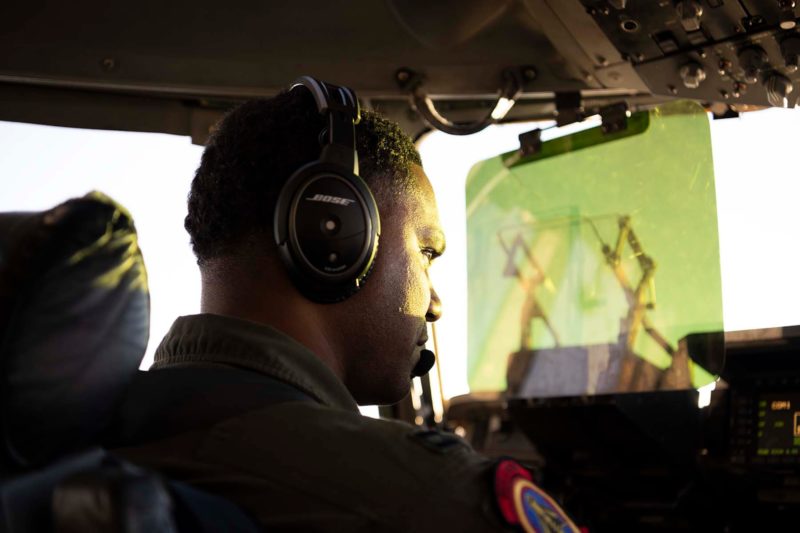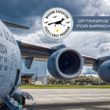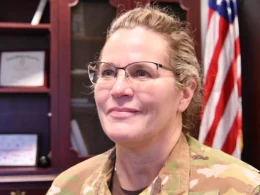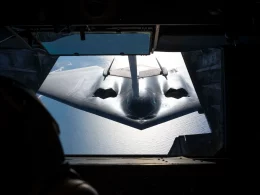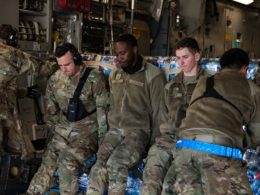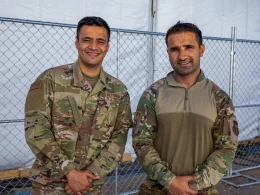TRAVIS AIR FORCE BASE, Calif.— The 21st Airlift Squadron assigned to Travis AFB and the 6th Airlift Squadron assigned to Joint Base McGuire-Dix-Lakehurst Air Force Base, New Jersey, participated in a joint training High Mobility Artillery Rocket System (HIMARS) Rapid Aerial Insertion (HIRAIN) mission with U.S. Marines assigned to the 5th Battalion, 11th Marine Regiment Jan. 24 – 27, 2022.
The exercise provided the C-17 Globemaster III aircrews to match and outpace existing and emerging threats on the horizon by transporting Marines and their HIMARS equipment.
“This training is necessary to keep our adversaries at bay,” said U.S. Air Force Capt. Alex Reynolds, 21st Airlift Squadron C-17 Globemaster III instructor pilot. “As well as meeting the National Defense Strategy laid out for us.”
During the training, aircrews performed aerial tactics, techniques, and procedures such as low-level flying, assault landings and aerial refueling.
“We are continuously improving our training processes and regiments to meet the needs of the ever-changing landscape of the fight,” Reynolds said.
Landing at Marine Corps Base Camp Pendleton, California, the 21st AS and 6th AS picked up Marines and loaded and offloaded cargo, including HIMARS, then simulated the system’s firing.
“Incorporating with the Air Force and their technical scenario allowed us to exercise projecting our rockets and missiles deep into the battlefield,” said USMC 1st Lt. Jacob Fairbanks, 5th Battalion, 11th Marine’s platoon commander.
According to Fairbanks, Marines utilize the HIMARS to provide surface to surface long-range precision fires against high-value targets from self-propelled platforms to shape the battlespace.
“The Air Forces expert employment of these assets, we independently do not have access to, greatly expands how we accomplish the HIMARS Rapid Infiltration Mission (HIRAIN),” Fairbanks said.
In 2007, HIMARS was first used in combat, but since then, it has advanced its ability to currently fight through rapid infiltration and quick transportations by utilizing aircrews like the 21st AS and 8th AS.
“Often we will experience the growing pains of working with joint forces, because we have similar objectives, but speak different languages,” Reynolds said. “This training is one approach we are using to understand what we both bring to the fight and how to do it in the most efficient and effective manner.”
If you are interested in learning more about mobility and warfighting capabilities visit https://www.af.mil/ and or https://www.marines.mil/




